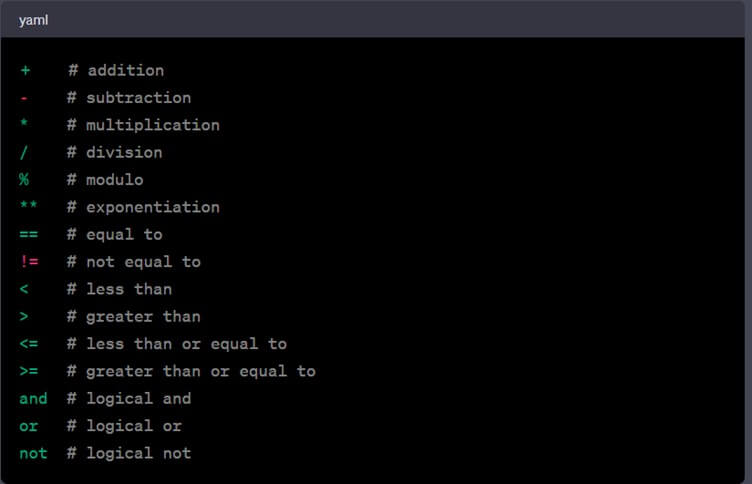Python is one of the most popular programming languages in the world. It’s beginner-friendly, versatile, and has a wide range of applications. In this blog post, we’ll go over the basics of Python and give you an overview of what you need to know to get started.
Installation of Python
The first step to learning Python is to install it on your computer. You can download the latest version of Python from the official website (www.python.org). The installation process is straightforward, and you can follow the instructions provided on the website.
IDEs for Python Code
Python code can be written using a plain text editor like Notepad, but it’s recommended to use an Integrated Development Environment (IDE). An IDE is a software application that provides a comprehensive environment for writing, testing, and debugging code. Some popular IDEs for Python include PyCharm, Visual Studio Code, and Spyder.
Python Syntax

Python has a clean and easy-to-understand syntax, which makes it an excellent choice for beginners. The language is based on indentation, which means that blocks of code are defined by their indentation level. Here’s an example of a simple Python program that prints “Hello, World!” to the screen:
Variables and Data Types
In Python, variables are used to store values. You don’t need to declare the data type of a variable before using it because Python is dynamically typed. This means that the data type of a variable is determined at runtime.
Python supports several data types, including integers, floats, strings, and Booleans. Here are some examples of how to define variables in Python:

Operators
Python supports a wide range of operators that can be used to perform mathematical and logical operations. Here are some of the most commonly used operators in Python:

Control Flow
Python supports several control flow statements, including if/else statements, while loops, and for loops. These statements are used to control the flow of execution in a program. Here’s an example of an if/else statement in Python:

Functions
Functions are an essential part of programming in Python. A function is a block of code that performs a specific task. Functions can take arguments and return values. Here’s an example of a simple function that takes two arguments and returns their sum:

Conclusion
Python is an excellent choice for beginners who want to learn programming. Its clean syntax, easy-to-use IDEs, and wide range of applications make it an attractive language for anyone looking to get started in programming. We’ve only scratched the surface of what Python can do in this blog post, but we hope that it gives you a good idea of what to expect as you start your Python journey.
Happy coding!











 Media Coverage
Media Coverage Press Release
Press Release
